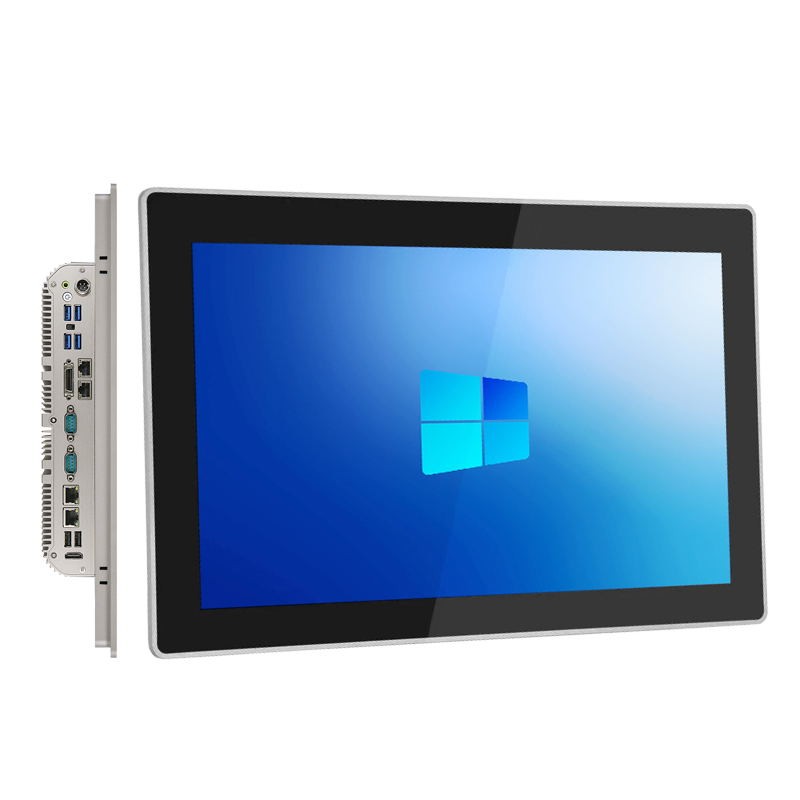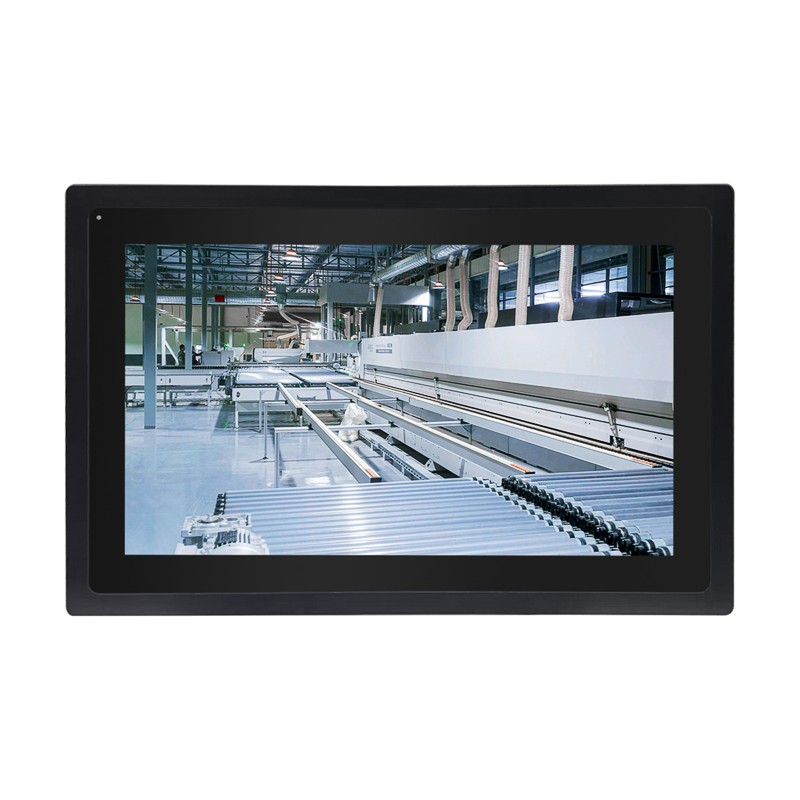Aug. 28, 2024
Touch screens and touch panels have become an integral part of our daily lives, from smartphones and tablets to interactive kiosks and digital signage. However, like any technology, they can sometimes encounter issues that may hinder their functionality. Whether it's unresponsive areas, erratic behavior, or calibration problems, troubleshooting touch screen or touch panel issues can be a frustrating task. In this article, we will explore some common problems and provide practical solutions to help you troubleshoot touch screen or touch panel issues effectively.
One of the most common reasons for touch screen issues is dirt, dust, or smudges on the screen. Before delving into more complex troubleshooting methods, it's essential to start with the basics. Use a soft, lint-free cloth to gently clean the screen, removing any dirt or smudges that may be interfering with the touch sensitivity. Avoid using harsh chemicals or abrasive materials, as they can damage the screen.
Sometimes, a simple restart can resolve touch screen issues. If you're experiencing unresponsive or erratic behavior, try restarting the device to see if it resolves the problem. This can help clear any temporary software glitches that may be affecting the touch screen functionality.
Outdated software can also lead to touch screen issues. Ensure that your device's operating system and any relevant touch screen drivers are up to date. Manufacturers often release software updates to address known issues and improve compatibility, so regularly checking for updates can help prevent and resolve touch screen problems.
Wall Mounted IP65 Capacitive Touch All In One Panel pc
If you notice that the touch screen is not accurately registering your touches or is misaligned, calibrating the touch screen may help. Most devices have a built-in calibration tool that allows you to recalibrate the touch sensitivity and accuracy. This process typically involves following on-screen instructions to touch specific targets, ensuring that the touch screen accurately registers your input.
Physical damage, such as cracks or scratches on the touch screen, can significantly impact its functionality. Inspect the screen for any visible damage, and if present, consider seeking professional repair or replacement. In some cases, a screen protector or protective case can help prevent damage and prolong the life of the touch screen.
Booting the device in safe mode can help determine if a third-party app is causing touch screen issues. Safe mode disables all third-party apps, allowing you to test the touch screen's functionality without interference. If the touch screen works correctly in safe mode, it may indicate that a specific app is causing the problem. You can then uninstall recently downloaded apps to identify the culprit.
Touch Screen Computer with Fingerprint Recognition
As a last resort, performing a factory reset can help resolve persistent touch screen issues. This process restores the device to its original factory settings, removing any software conflicts or glitches that may be affecting the touch screen. Before proceeding with a factory reset, ensure that you have backed up important data, as this process will erase all user data and settings.
If you have tried the above troubleshooting steps and are still experiencing touch screen issues, it may be time to seek professional assistance. Contact the device manufacturer or a certified technician for further diagnosis and repair. They can provide specialized expertise and tools to identify and resolve more complex touch screen problems.
In conclusion, troubleshooting touch screen or touch panel issues requires a systematic approach, starting with simple solutions such as cleaning the screen and restarting the device. Updating software, calibrating the touch screen, and checking for physical damage are also essential steps in resolving touch screen issues. Testing in safe mode and performing a factory reset can help isolate and address more persistent problems. If all else fails, seeking professional assistance is recommended to ensure the proper functioning of the touch screen. By following these troubleshooting tips, you can effectively address touch screen issues and restore the optimal functionality of your device.
You might want to check out https://www.sihovision.com to view the products that we can offer you.


Custom Industrial Panel PCs for Specialized Applications
Nov. 21, 2025


How Do Touchscreen Monitors Enhance Productivity?
Nov. 18, 2025
24 inch Touch Panel PC Core I5-9400 GPU GTX 1050
Intel Core i5-9400 desktop processor with RAM DDR4 8GB and SSD 128GB.
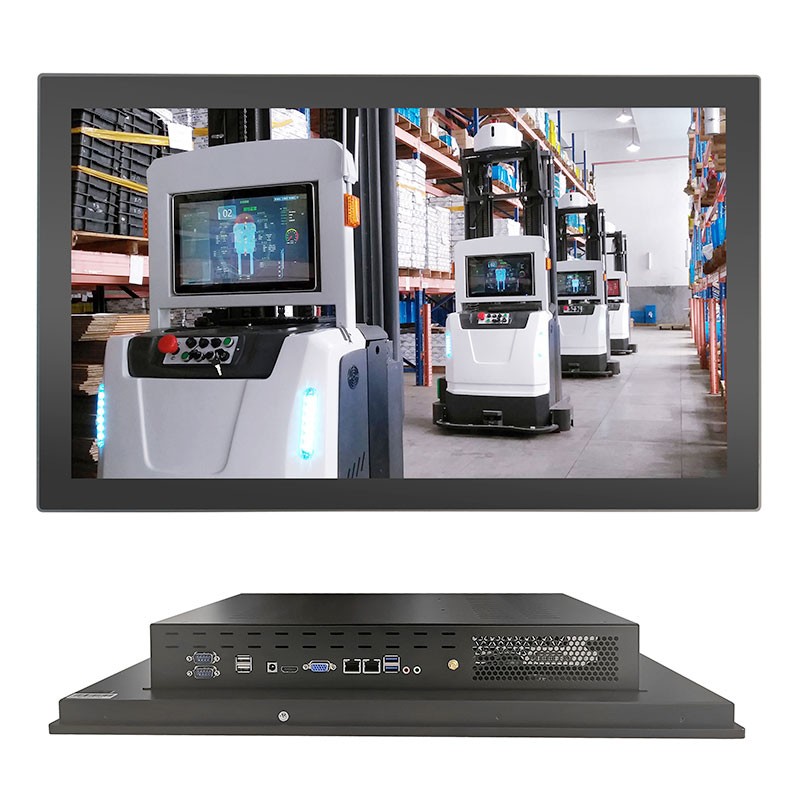
Industrial Panel PC IP69k Stainless Steel 304 Enclosure 7x24h
EETI waterproof solution, touch can work well with drop water on screen.
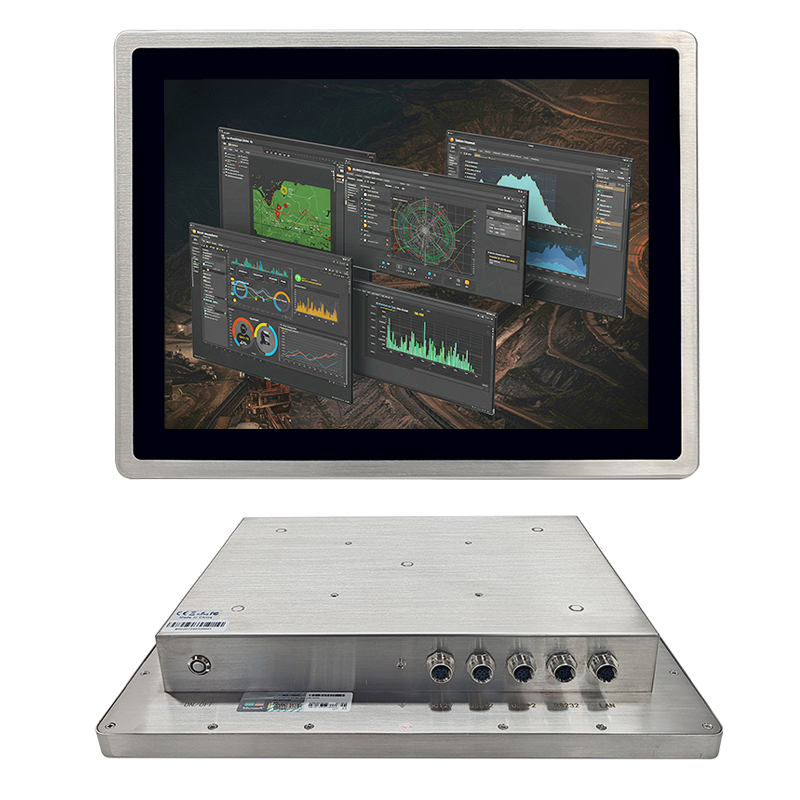

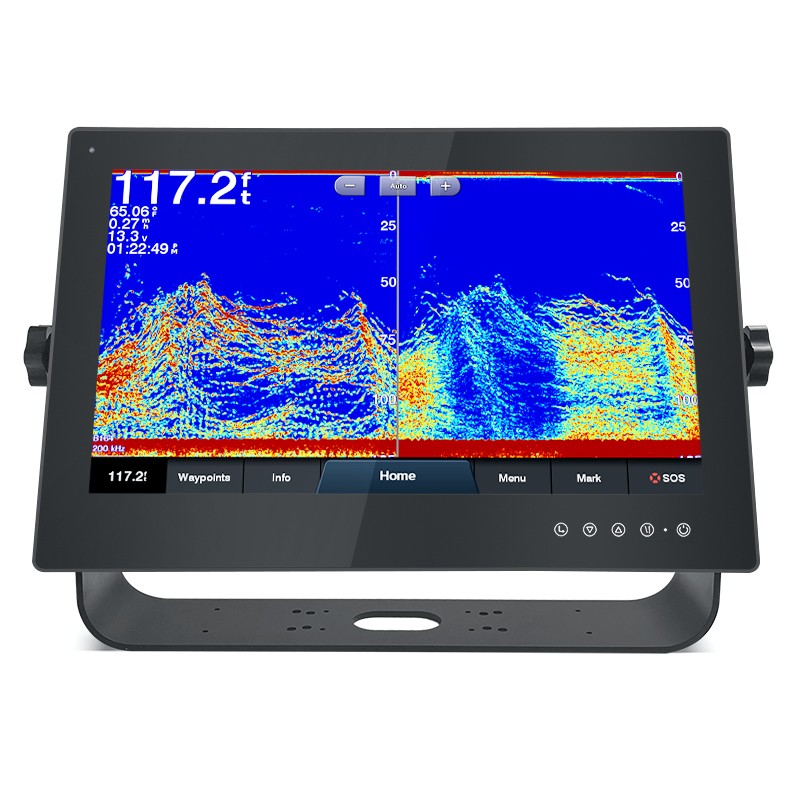
Intel Alder Lake 12th Processor Embedded Mini Computer 6COM 6USB
2*HD-MI,1*Type-C,support synchronous/asynchronous triple display.
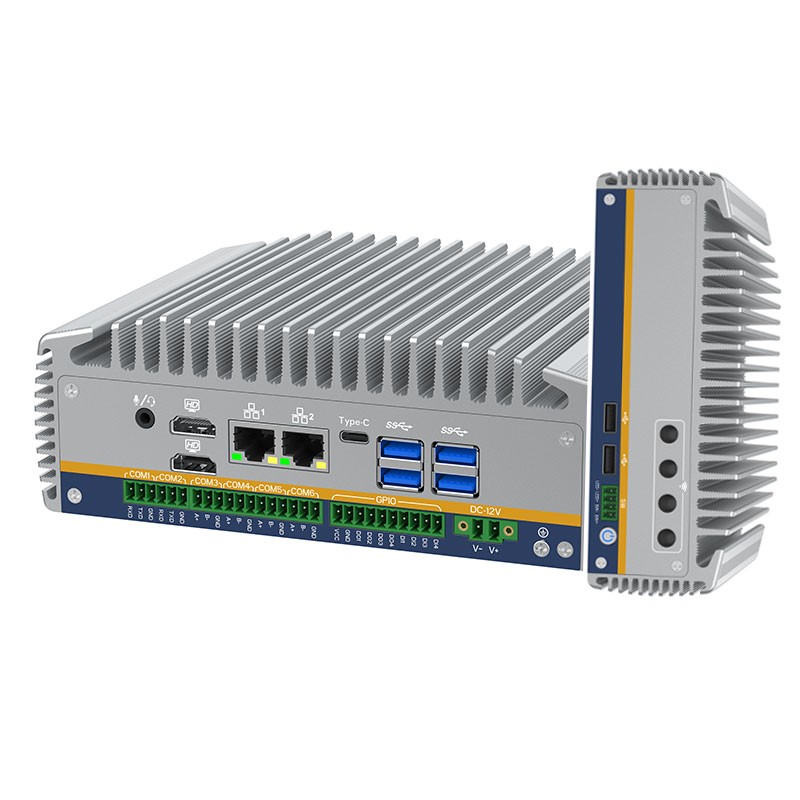
17 Inch Full IP67 Waterproof All In One Panel PC 12th Intel Core I3-1215U
17" 1280*1024 LCD Panel 1000nits, Optical bonding between touch screen and LCD screen
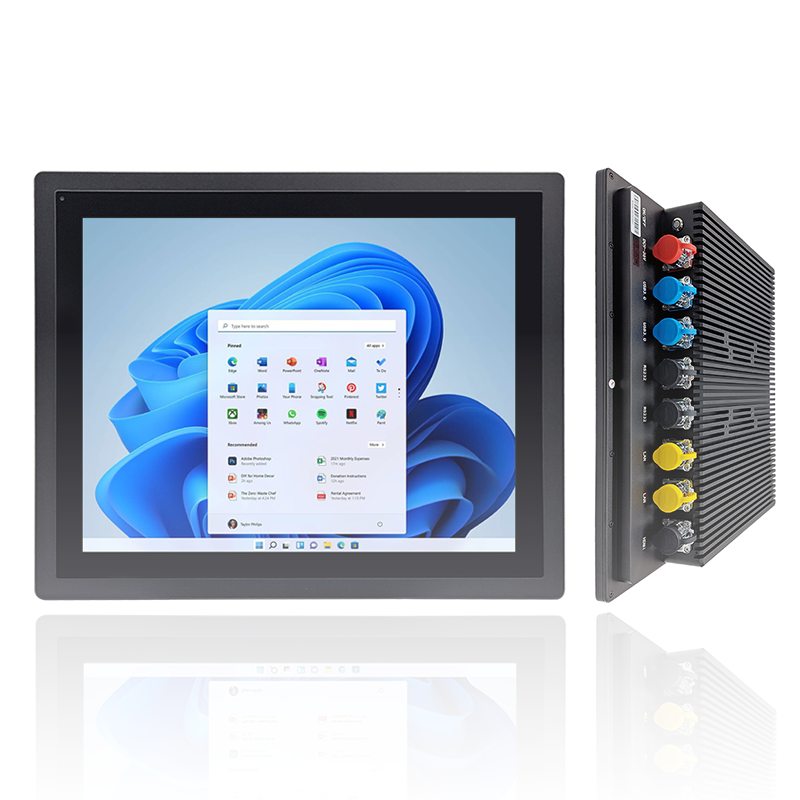
Industrial All In One PC Windows 11 pro SC800M
Intel 10th Celeron J4125/J6412 processor, optional Intel 8/10/11th Core i5/i7, support Windows 11.
